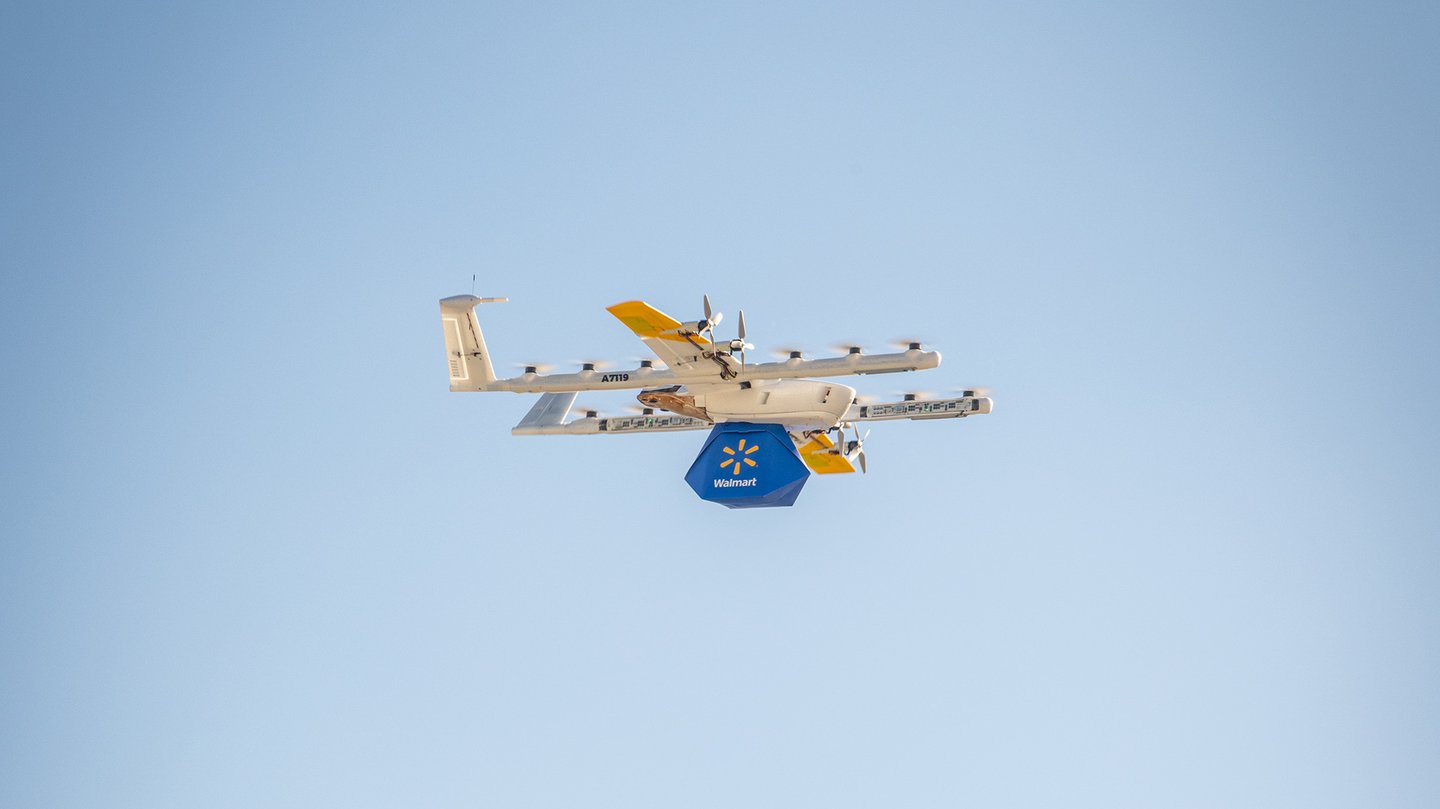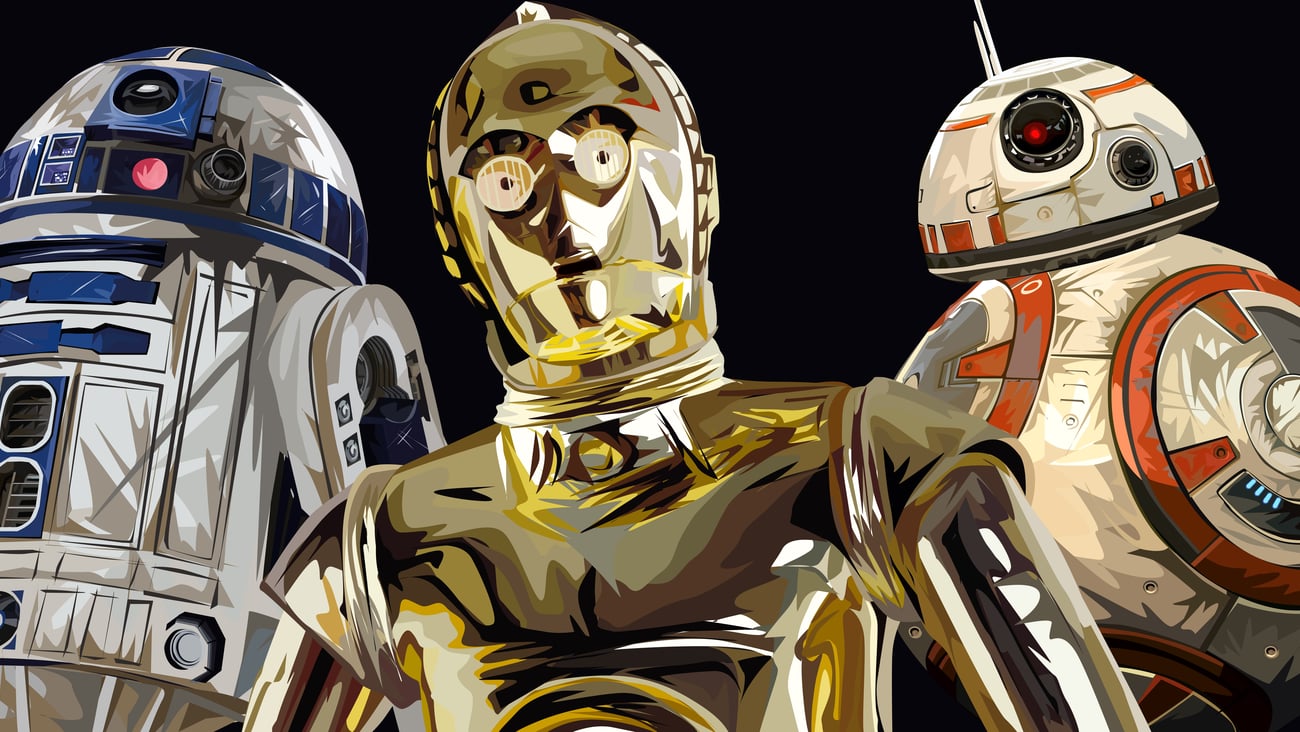A look back at predictions as drone delivery moves forward
Drone delivery is slowly but steadily gaining momentum, is its evolution following expectations?
Back in November 2019, I wrote a Retail Insights column offering three predictions for drone delivery. Going on five years later and with a number of recent drone delivery-related announcements, I thought it would be fun (and maybe a little embarrassing) to look back and see how accurate I was,
So let’s look at how I did forecasting developments in drone delivery regulations, item size and design standards, remembering that to err is human, even when writing about retail technology.
Regulations
In 2019, I said, “The image of skies clouded with a constant stream of buzzing drones making deliveries day and night is like something out of a dystopian science fiction novel.” I then added that scenario would remain the stuff of sci-fi nightmares.
It's still very early in the drone delivery game, but so far I have been correct in this prediction. Amazon just received Federal Aviation Administration (FAA) permission to fly its Prime Air delivery drones beyond the visual line of sight of the pilot.
This will enable Amazon to expand its existing drone delivery area in College Station, Texas and eventually begin integrating drone deliveries into its delivery network.
But even tech giant and drone pioneer Amazon required years of intensive technology development and rigorous FAA oversight to reach this milestone. Regulations appear set to cushion delivery drone traffic for the foreseeable future.
However, one part of my prediction that may prove to be less prescient is my statement that self-driving vehicles and robots will “undoubtedly account” for a large amount of driverless delivery traffic. A number of retailers have ended their autonomous delivery vehicle pilots since I wrote those prophetic words, so let’s classify that part of my prediction as “wait and see.”
Smaller items
As I pointed out in 2019, drones must either land and take off in a very precise customer delivery zone or hover while a package is lowered via winch or dropped.
I suggested this will restrict where drone deliveries occur geographically, which does not appear to be the case as retailers like Amazon and Walmart keep expanding their drone delivery markets.
However, my prediction that the complexity of drone deliveries, combined with the size dimensions of drones, will consign drone deliveries to smaller CPG, convenience and grocery items or to takeout food deliveries seems to be mostly holding.
Standard design
Here’s where I really missed the mark, at least to date. In 2019, I said that the “dizzying array” of delivery drones would “inevitably” be replaced by a uniform design that could even have input from governmental standards bodies.
I’ll eat some crow on this one. The array of delivery drones is just as dizzying today as it was in 2019, and no governmental or industry standards beckon on the horizon.
Compare the photos below of the Google Wing drones used by Walmart and the new Amazon MK30 drone. Both have achieved some impressive pilot results with radically different dimensions that cannot be combined into any type of compromise design. Despite my assertions in 2019, they probably never will need to be.









